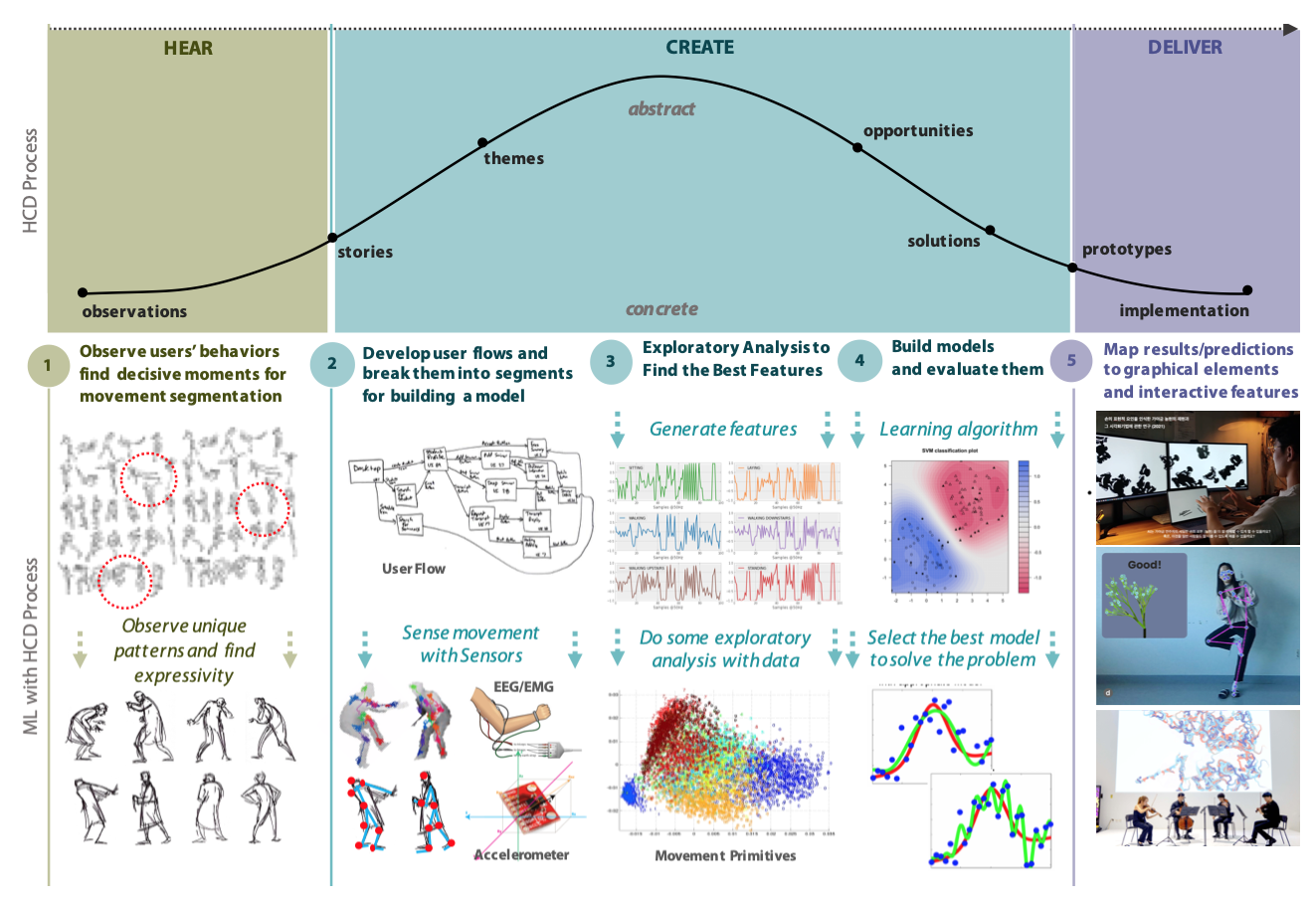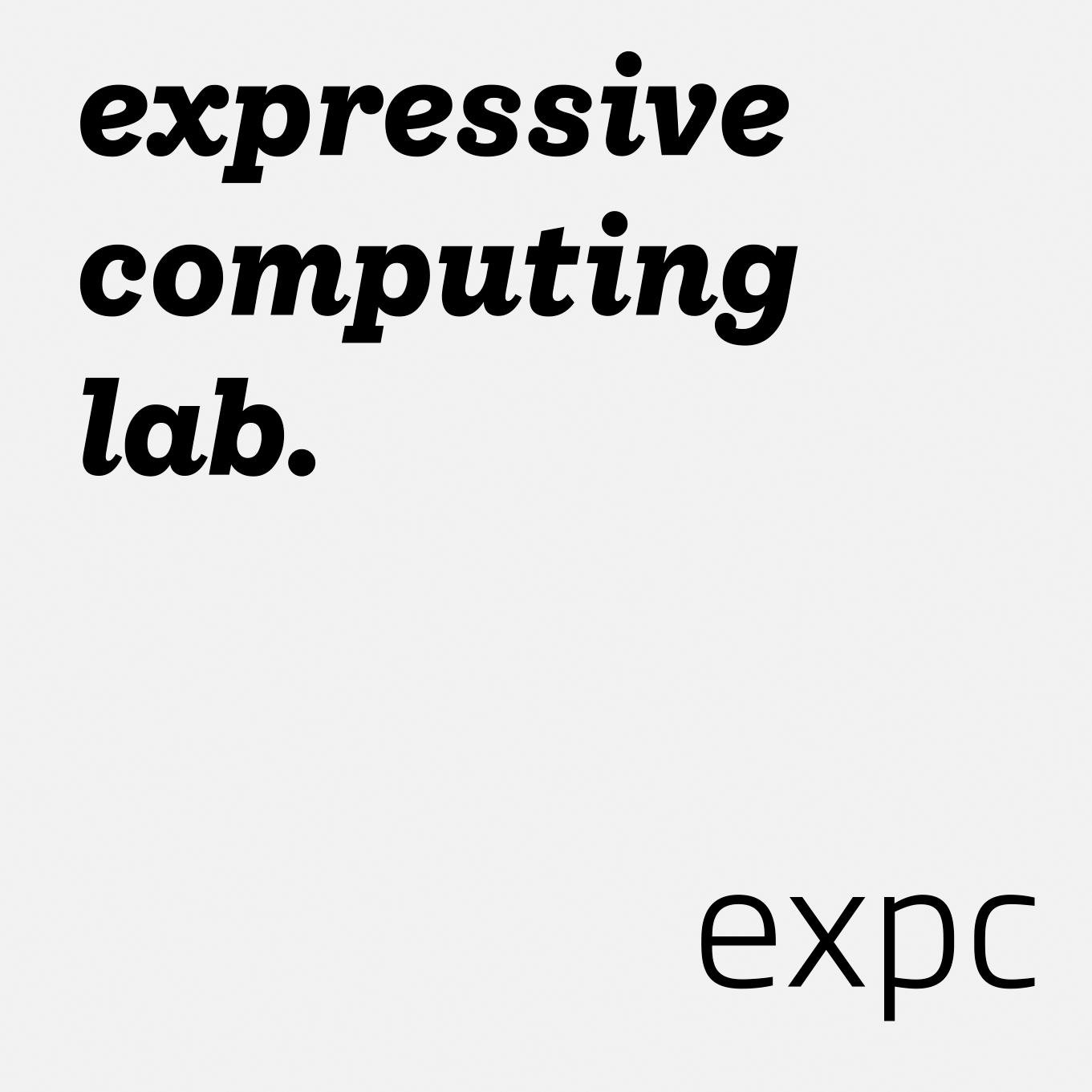Vision

The design of human–AI interaction is becoming an important area that requires further research to improve communication between people and AI systems. However, a design perspective has not been given due consideration because of the technical barriers inherent to the field of AI. To bridge these two different worlds, my research theme concerns the use of AI for new interaction design materials, tools, and processes to improve people’s quality of life in everyday contexts, with a strong focus on adding human-centered design considerations into the loop.
In my current research at the Expressive Computing Lab, I am tackling various small yet important challenges that people experience in everyday life, such as productivity among knowledge workers, physical and mental health issues caused by the addictive use of online platforms and content, and the use of expressive gestures and postures. With regard to the latter, I am designing intelligent user interfaces that recognize various signals generated by users, from physiological signals and facial expressions to texts posted on Twitter or Reddit. My lab uses AI to identify unique patterns and important clusters so that prediction results can be used to drive interactive systems in a more responsive, flexible manner and support users in accomplishing their goals. This is the meaning of using AI as a tool and material.
Unlike other AI-driven research, my design-driven AI research is more focused on (1) identifying and solving real-world problems in everyday contexts instead of seeking a technological innovation; (2) designing desirable AI-driven interactive systems that can be deployed to users in real-world contexts instead of conducting controlled lab experiments; and (3) improving the current user experience evaluation criteria and design process, as these may not fully address many of the user experience design issues derived from AI-driven systems.
Conducting research in the Department of Design requires the integration of different disciplines, such as computer science, visual design, and industrial design. While shifting thought processes can be challenging, it is undoubtedly rewarding. Tackling real-world problems in everyday contexts always requires me and my students to adopt interdisciplinary approaches to inquiry and to apply creativity and fluidity to see problems from technical and conceptual viewpoints. It is also crucial to have a good understanding of the empirical, interpretive, and critical discourses that ground computational and creative thinking when designing human-centered experiences enabled by AI. I seek the right balance between the use of scientific approaches to initiate a research project and design practices to complete the project.
The research projects conducted in our lab are meant to be used by users in real-world contexts, and I believe the outcomes should make an impact on both scientific and design research and practice communities. For this reason, I place emphasis on engaging multiple research venues and producing different forms of research and practical design outcomes ranging from HCI, interactive computer graphics, and visual design to even an experimental form of arts. I sincerely hope our research and design practices can contribute to the design practices of AI-driven products and services and the design of its processes and tools that offer low entry barriers without sacrificing usability or expressive potential. This will eventually help people from varied backgrounds with different real-world problems by designing something really cool to solve their problems.
